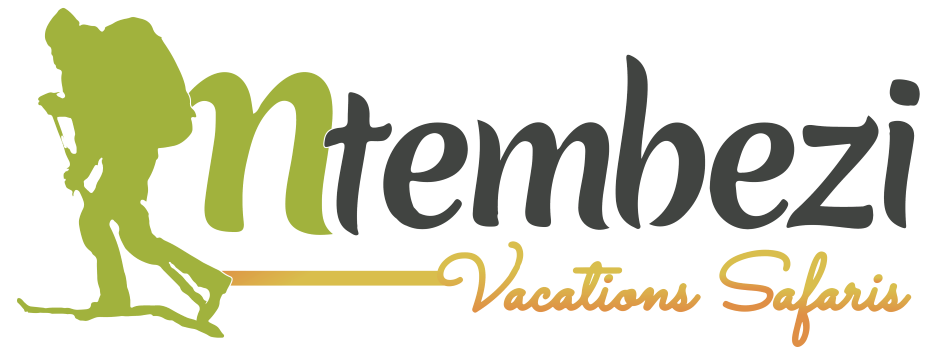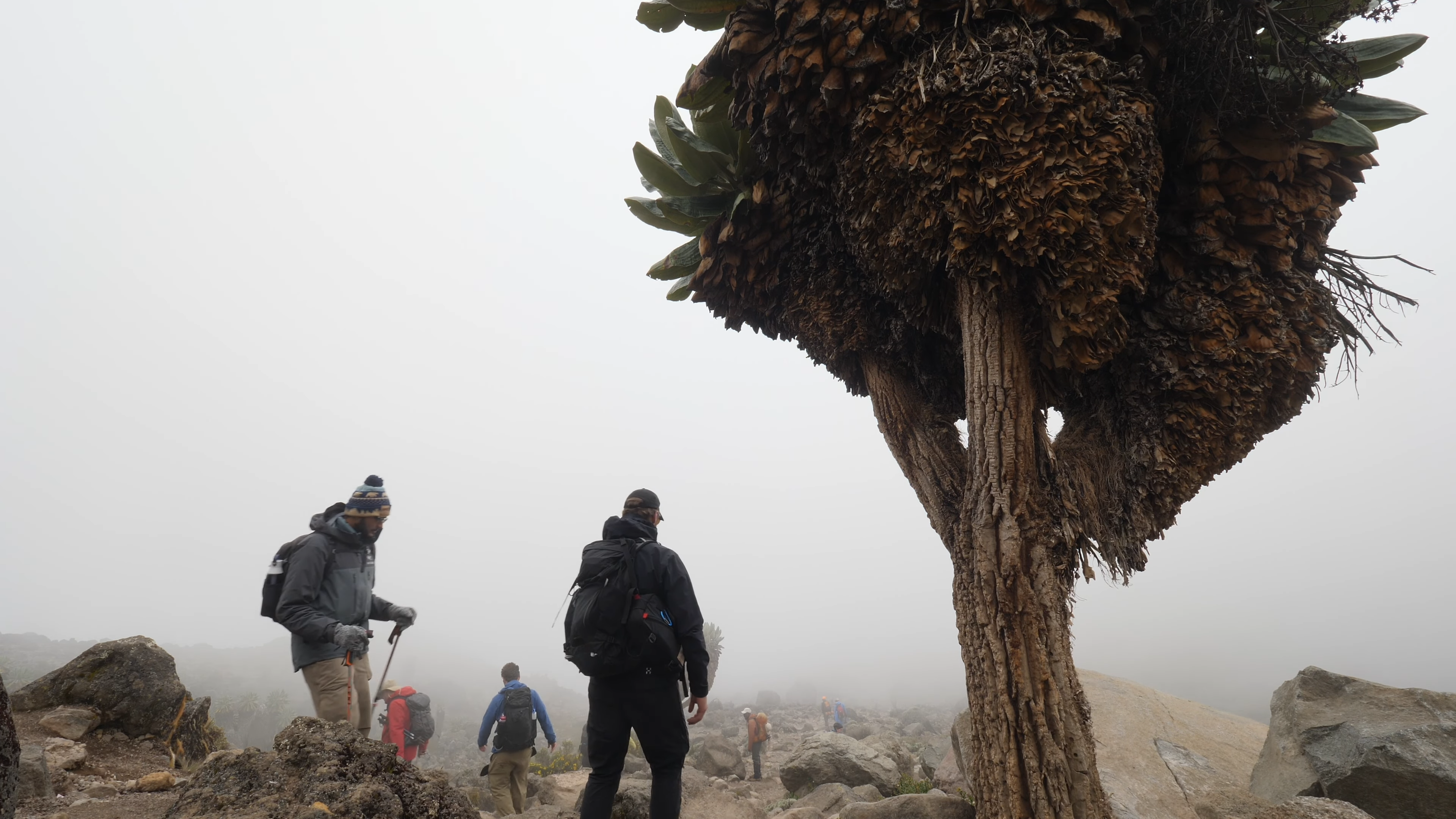Beginner’s Guide to Climbing Kilimanjaro: Africa’s Highest Peak
If climbing to the summit of Mount Kilimanjaro isn’t already on your bucket list, it should be! This Tanzanian gem stands proudly as Africa’s highest peak at 19,341 feet (5,895 meters). Reaching the top is a life-changing adventure that will take your breath away, quite literally. Whether you’re a novice or an experienced hiker, this beginner’s guide to Kilimanjaro will walk you through everything you need to know for a successful trek to the roof of Africa.
Can Beginners Climb Mount Kilimanjaro?
Absolutely! Mount Kilimanjaro is one of the best mountains for first-time climbers. While it’s a high-altitude trek, it’s non-technical, meaning no special climbing skills are required. However, proper preparation is essential. Beginners who are physically fit and take time to acclimatize have a good chance of reaching the summit. This beginner’s guide to Kilimanjaro will help you understand what it takes to prepare.
Remember, the biggest challenge isn’t the difficulty of the terrain but dealing with the effects of altitude. Additionally, if you’re new to camping, spending multiple nights on the mountain might take some getting used to. But don’t worry, with the right mindset and preparation, this can be one of the most rewarding experiences of your life.
Looking for more tips to prepare? Check out our Kilimanjaro Acclimatization Guide to learn how to manage altitude sickness.
How Do You Get There?
Kilimanjaro treks typically set off from either Arusha or Moshi, both of which are vibrant towns with much to explore. Arusha is located southwest of the mountain, while Moshi lies directly south. These areas are rich in natural beauty, including giant waterfalls, monkey forests, and volcanic waterholes. Additionally, they serve as gateways to some of the world’s most wildlife-rich national parks like the Serengeti and Ngorongoro Crater.
You can conveniently fly into Kilimanjaro International Airport (JRO), which is a short drive from both towns. Alternatively, you can arrive by bus from Dar es Salaam or opt for flights from neighbouring locations such as Zanzibar and Kenya.
Requirements for Climbing Mount Kilimanjaro
While Kilimanjaro is accessible to most people, there are still some key requirements to consider to ensure a safe and successful climb. These are designed to protect you and your fellow trekkers on this unforgettable journey. In this beginner’s guide to Kilimanjaro, we outline the essentials:
1. Physical Fitness
Even though Kilimanjaro is a non-technical climb, it’s a strenuous, multi-day trek. Make sure you’re in good physical condition before attempting the climb. Cardiovascular endurance, leg strength, and mental stamina are all important.
2. Age Requirement
The minimum age to climb Kilimanjaro is 10 years old, so it’s an adventure suitable for families as well. However, younger climbers should be prepared for the challenges posed by high altitudes.
Essential Gear for Climbing Kilimanjaro
The weather on Mount Kilimanjaro can change dramatically, often within the same day. You might experience scorching heat, heavy rain, and freezing nights all in one trip. Having the right gear is critical for a comfortable and safe climb. Here are some essentials you’ll need:
- 20-Degree Sleeping Bag
- Insulated trekking gloves, pants, and jacket
- Sturdy hiking boots
- Waterproof jacket and pants
- 70-liter main rucksack
- 30-40 litre day pack
- Trekking poles
For a full list of essential items, visit our detailed Kilimanjaro Packing List to make sure you’re fully equipped for the adventure.
Keep in mind that porters will help carry some of your gear, but you’ll need to carry your daypack. The less weight you carry, the more enjoyable your climb will be.
Booking a Kilimanjaro Guide
Having a knowledgeable and reliable guide is crucial for a successful Kilimanjaro climb. The mountain’s high altitude, varying terrains, and unpredictable weather can make the journey tough, especially for beginners. A certified guide can offer insights into the terrain, manage your safety, and monitor for altitude sickness, increasing your chances of reaching the summit.
A good guide should have certification as a Wilderness First Responder (WRF) and experience in handling altitude-related health issues. Sadly, not all tour operators offer the same level of expertise or success rates. Be sure to choose a reputable company with a high summit success rate. At Mtembezi Safaris, we pride ourselves on a success rate well above the average of 50%, ensuring you have the best chance to conquer Kilimanjaro.
Best Time to Climb Kilimanjaro
Mount Kilimanjaro is accessible year-round, but the best times to climb are during the dry seasons, from January to early March and June to September. During these months, you’ll experience clear skies and more stable trail conditions, making your trek more comfortable. However, it’s also the busiest time of year, so be prepared for more trail traffic.
If you prefer fewer crowds, consider the off-season (April-May and October-November). Just be prepared for more rain, slippery trails, and reduced visibility. For more insights on the best months to trek, check our full Best Time to Climb Kilimanjaro Guide.
Kilimanjaro Routes
There are several routes to reach the summit, each offering a unique experience. The most popular routes include:
- Marangu Route: Known as the “Coca-Cola Route,” this is the easiest and only route with hut accommodations. Ideal for beginners.
- Machame Route: The “Whiskey Route” is a bit more challenging and scenic, offering better acclimatization opportunities.
- Lemosho Route: A beautiful, remote trail that offers diverse landscapes, but it’s more physically demanding.
- Rongai Route: Approaching from the north, this route offers a quieter, less crowded experience.
- Umbwe Route: The steepest and most difficult route, recommended for experienced climbers.
For a detailed comparison, visit our comprehensive Kilimanjaro Routes Guide.
Safety Tips for Climbing Kilimanjaro
Safety is paramount when climbing Mount Kilimanjaro. Even though thousands attempt the summit each year, altitude sickness and fatigue are real concerns. Here are a few essential safety tips:
- Pace yourself: Take it slow and steady, as rushing increases the risk of altitude sickness.
- Hydrate: Drink plenty of water throughout the climb to avoid dehydration.
- Acclimate: Spend time at higher altitudes before starting the trek to help your body adjust.
- Take breaks: Regular rest stops prevent fatigue and ensure you enjoy the experience.
Read more about crucial safety measures in our Kilimanjaro Safety Tips article.
To ensure you’re fully prepared, don’t forget to pack the essentials! Some critical items for your climb include:
- Waterproof clothing
- Thermal layers
- Sturdy hiking boots
- A sleeping bag suitable for sub-zero temperatures
- High-energy snacks
For a full list of gear, download our Complete Kilimanjaro Packing List PDF.
Final Thoughts
Climbing Mount Kilimanjaro is an unforgettable experience, and with the right preparation, it’s a goal within reach for most adventurers, even beginners. This beginner’s guide to Kilimanjaro ensures that by choosing the right route, equipping yourself properly, and taking safety precautions, you’ll be well on your way to conquering Africa’s highest peak.
Ready to start your adventure? Contact Mtembezi African Safaris and Vacations to book your dream Kilimanjaro trek today!




